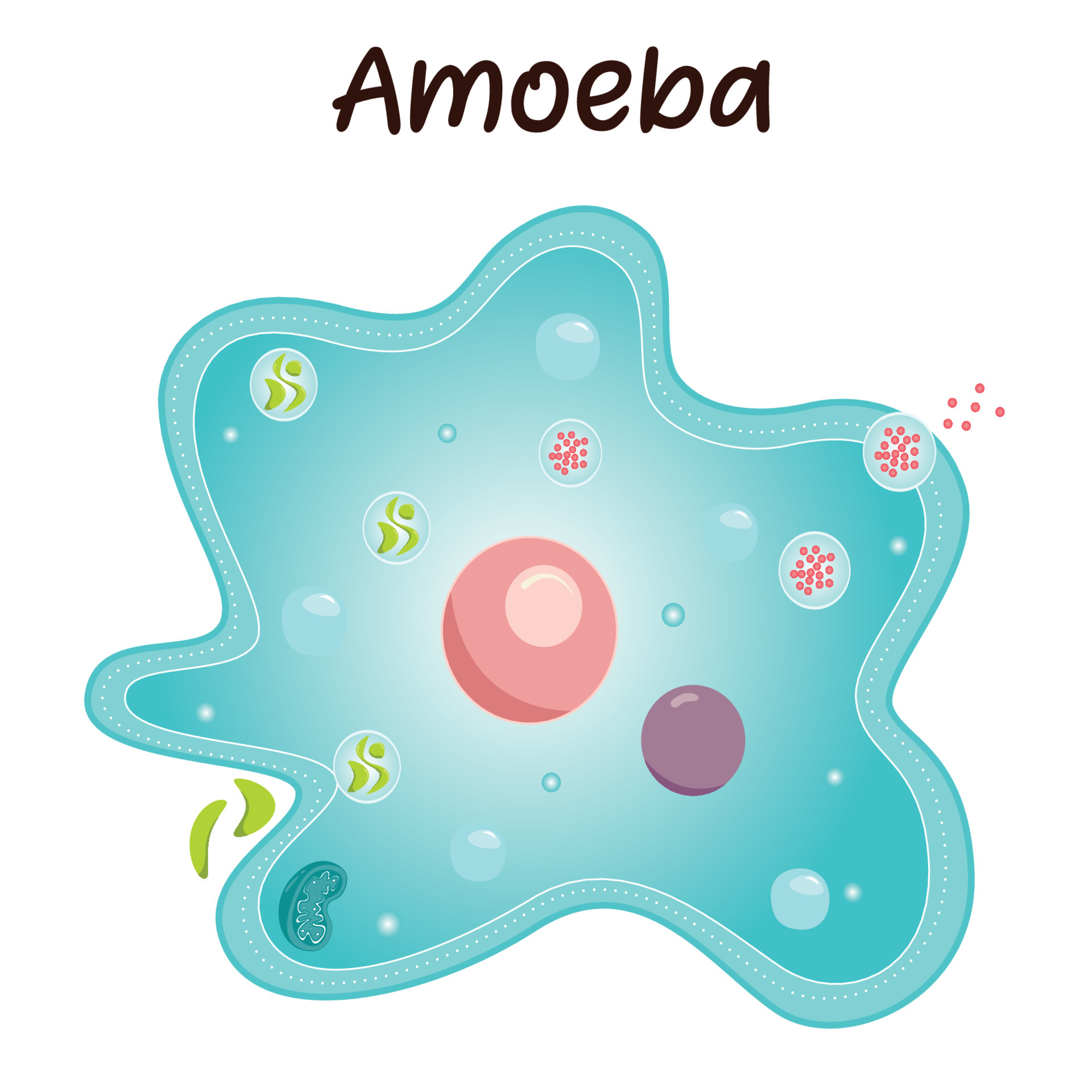Kids love this shit as long as you keep it at the ELI5 level and stop when they are done and lose interest. My kid will throw around words like “microorganism” and “bioaccumulation” because I actually explain biology concepts when he asks. The other day he had a question about atmospheric composition and he was absorbed for about 5-10 minutes, complete with looking at molecular diagrams, and then he was done and went off to make his Lego people fight each other with flamethrowers.
If you have knowledge, share it with kids and let them see you enjoying science. They absorb more than you might think.
Whenever I try this my kid will go “dad, please stop talking” and go back to his Legos immediately. Guess I need to work on my teaching skills.
Haha I have one of these.
Them: how come most trees are green?
Me: Oh, well the leaves have s…
Them: OK goodbye
I also have another one that likes to hear all the details, and as a young kid they would ask me to explain stuff while they fell asleep.
Me: OK, sleeping time
Them: Can you tell me why we don’t two suns while I lie down?
Me: oh, boy, well… [then I talk until they fall asleep]
I think they were about 3 or 4 when we did this.
I recently taught my 11-year-old nephew “how planes fly.” A bit oversimplified, of course, but words like camber and lift and circulation were tossed around along with Bernoulli’s principle.
I’ve heard that Bernoulli’s principle is not that important for how planes fly.
Yes, there’s a bit of a myth around Bernoulli’s principle (faster moving fluids have lower pressure) and how much it matters for lift in plane wings. It came up in the conversation because I was trying to describe what air pressure is in general, and made an analogy to a pan flute (he plays flute in band).
Disclaimer: I’m an aerospace engineer, but I do not claim to be an expert on topic.
But for plane wings, the myth is really that the air above the wing moves faster because the curved surface is longer. That’s pretty much dead wrong, but is still in tons of textbooks. The air above the wing does move faster, but it’s because of a bunch of complicated physics that to be honest, I don’t really understand any more. I may have even been taught wrongly in college. But the result is that there is a velocity difference on a cambered wing even when it’s flat, and thus Bernoulli’s principle does apply, and there is a pressure difference giving you lift.
But that speed difference is mostly important at cruising altitude, when the wings aren’t angled, and it’s positively correlated with airspeed, so the thrust matters way more. When you’re climbing, the angle matters more. The camber (curvature) of the wing, the airspeed, and the angle of attack all lead to that pressure difference, along with a few other things like circulation, which is also caused by a sharp edge at the back of the wing. But everything kind of works together to generate that pressure difference and hence the lift that can combat gravity. It’s actually pretty hard to try and dumb it down without saying things that aren’t wrong.
This is fascinating, thank you. I understand that Bernoulli’s principle is involved, but it is not the sole nor even the most important factor in fixed-wing aircraft flight (if I’m using terms properly), and you’ve added some interesting context.
I give you my gratitude, and also my belief that you sound like an awesome sibling-of-a-parent to your nephew.
Fun exercise to demonstrate bernoullis principle that I love to whip out. Take two pieces of paper and hold them from the top so that they’re hanging parallel to each other. Blow air between them. Most people expect them to go apart due to the air coming at them, but the higher velocity causing lower pressure means the static air on the outside of the papers actually pushes them together.
I went to a science center that had a demonstration with two heavy stone balls and an air cannon. The cannon was powerful enough that the balls actually touched. Mind blowing.
Can you talk about acrobatic plane wings design theory?
Do wings designed to work inverted rely on angle of attack and airspeed while inverted? Are there big concessions for regular flight performance in order for the wing to work inverted?
Always wondered
I wish I had a cool family member like you when I was a kid! Thanks for being you. :)
Ooh don’t fight THAT battle in front of your children
Yes, the truth is a battle, but only because people force it to be so.
Discussing it properly is fine as long as they are interested. If they don’t seem interested, then you can boil it down to a simpler analogy. Some kids very much appreciate having the full picture right away, and some need a framework first before details can be added. Most schools use method 2, because it will eventually reach all kids, and the only downside is kids that need/want method 1 will be bored the whole time.
the only downside
Nah, there’s one more: the kids who didn’t elect to study biology will, some of the time, claim that trans people aren’t valid because basic biology (learned in year 2) doesn’t account for us.
I love and cherish that moment when I can trap my youngest family members with simple answers that turn into this after they ask follow-up questions
Feynman answering “Why is ice slippery”: https://www.youtube.com/watch?v=36GT2zI8lVA
Why are you not disturbed by the fact that when you push down on a chair it pushes you back?
I so badly want to be as smart and articulate as Feynman when ever I grow up.
It’s just Minecraft, bro. I won’t teach them about logic gates again, I swear!
…Warmth make wiggle house built from tiny building blocks of water?
Come on, who can make it simpler?
So you know your bucket of Lego? It’s a bunch of blocks that can move around each other. (Swish some around to demonstrate)
Water is made up of little tiny block that can swish around too. When you make them cold, they start to stick together. (Start connecting Lego blocks)
The colder it is, the more they connect, until all the water blocks have joined up together and made a bigger block of ice.
Then, when you heat the ice up, they start to come apart and move freely again.
So, heat is movement and cold is connected. This is the same for almost everything!
Lava from volcanos is just rocks that have been heated up enough to move. When the lava flows out and cools down, it hardens back into rocks.
That’s a really solid demonstration
Tyty
Also, my political campaign will hinge on every child getting at least one set of building block, because they kick ass.
It was pretty fluid, easy to understand.
The disorder can only increase, just like your toys on the living room floor.
When you add heat to ice, it makes the tiny ice skaters wiggle and break free from their frozen circle, turning into water!
Little kid: “Why is there a bright ball of light in the sky?”
Me (thinking): “Oh, shit…”
The metamorphosis of H₂O from a crystalline solid is instigated by an endothermic enthalpic absorption, destabilizing its tetrahedrally coordinated lattice architecture. This thermodynamic perturbation amplifies molecular Brownian motion, surmounting intermolecular hydrogen bonding and effectuating a phase transition into a disordered liquid state.
And I barely passed thermo
I cheated my way through precalc and still failed lol
Latent heat, my beloved 💕
Sensible heat is where it’s at!
More interesting question - why is ice slippery?
Our best answer (so far): https://www.youtube.com/watch?v=20zyW0qoSTE
I expected this video: https://www.youtube.com/watch?v=36GT2zI8lVA
I see myself in this picture.
It’s sweating.
Eh, sometimes getting kids started like this can spark their interest.
Add in a magic trick (experiment) that they can do themselves, and you’ve created a little baby physicist.
pepe entropy pepe entropy I got BOXES full of pepe







